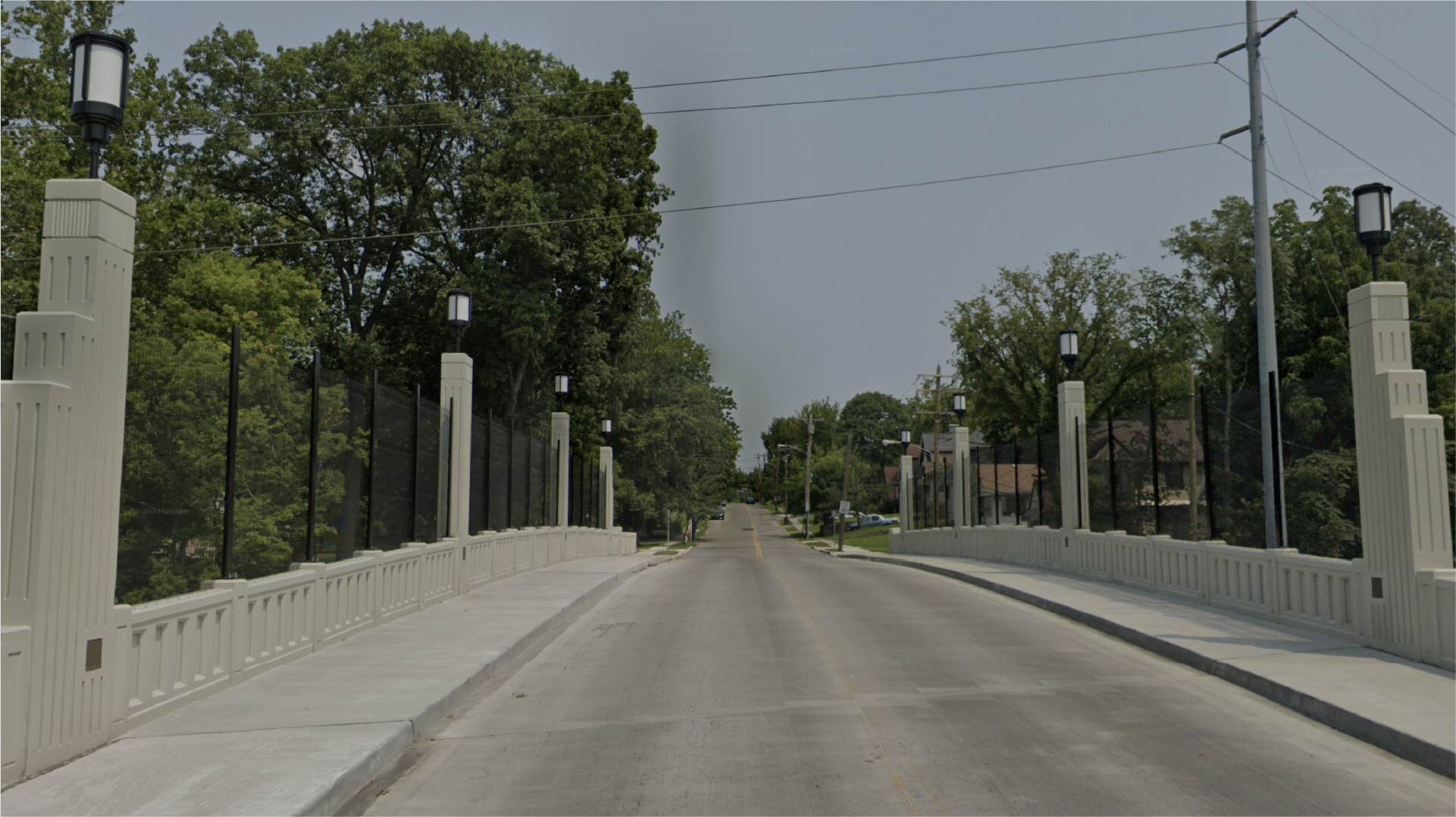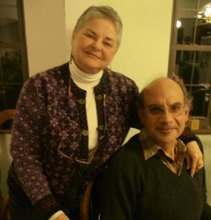
ELDERS SERIES
Mimi Gingold
If someone personifies Beautification in Kennedy Heights, look no further than Mimi Gingold for that laurel. Although there were others who came before her, she had the vision, energy and hutzpah to involve others and coordinate a community wide effort at preserving and upgrading the landscape of our neighborhood. It is an effort that provides lasting value.
Mimi and her husband, Al Gerhardstein, moved to KH in the spring of 1977. Their home on Wyatt Ave. was the only house they viewed when they considered buying. It embodied all the qualities they wanted, including, living in an integrated area. They had done their homework in seeking out information about the neighborhood as they were looking for a livable community to raise a family.
Mimi remembers the neighborhood as friendly, quiet, mixed racially, being welcomed by neighbors and enjoying block parties. In time, she was the organizer for several of them. She met Bobbi Mystrom and was glad to know they shared Minnesotan roots. She and her husband, Don, were active in Kennedy Heights Community Council. Soon, Mimi and Al were also involved in Community Council.
At some point, Mimi realized the neighborhood needed some energy and investment of time, trees were dying, flowers were not in evidence, properties were not maintained and Kennedy Park was in need of a major clean-up.
Creating the tree board, a committee of 12 residents, in the late 1970’s and early 1980’s, was one of Mimi’s first efforts. Ann Magorian had given time and effort in previous years to tree issues. The Urban Forestry department of the city of Cincinnati, led by Steve Sandford, gave significant suggestions and help in deciding what trees needed to be removed and what kind of trees to plant. Funds were provided to KHCC for residents to obtain new trees. Keep Cincinnati Beautiful gave funding to adopt a tree and gave daffodils.
Mary Ann Butkovitch and Barbara Belcher were the leaders in planting many trees and plants throughout the neighborhood. They were two of many residents involved in this effort. The City of Cincinnati, across numerous departments, was responsive in consulting and giving aid to designing the project.
A unique tree book was designed to display the intent and goals of the tree board for the KCB grant. During that time, the city had budget problems and was planning to close several city parks; Daniel Drake was one of them. Due to the tree board’s activism, letters were sent and plans made that were accepted by the city so that the park remained open. Local residents, Al, for one, faithfully mowed some areas of the park for a summer so that the park remained open.
A grant from the Greater Cincinnati Foundation in 1987 provided major impetus for the Beautification committee. It was the first of many grants Mimi would later write, both for the neighborhood and, professionally, as a school librarian. This grant provided for the purchase of additional litter cans in the neighborhood. The Beautification committee also decided to establish 60 flower planters on street corners. Katie Campbell gave a significant effort to making that a reality. Caring about the community and wanting to make a difference spurred them onward.
The Sap Run was begun in 1988 as a way to pay for the flowers. Later, it became a tradition, a spring rite of passage. The event brought out many children riding their bikes, adults in charge of caretaking, walkers and runners getting exercise and talking with neighbors, a nurse and ambulance at the ready should their services be needed. Breakfast was served with Lydia Morgan as head chef. Ce Holm coordinated the meal and program. Dana Bateman was in charge of awards for the winners of the races, a piano player led a sing-along.
Keep Cincinnati Beautiful granted KH many awards, several times the grand prize winner or first place, others as 2nd and 3rd place winners for the efforts given to the community projects it funded. One year, the goal was to create larger gardens in the parks. Lee De Rhodes gave the impetus for Kennedy Park, Michele Dragga and Lin Grieser for Drake Park.
Green-up Days provided an opportunity to clean up and plant in the parks and major streets. Families and individuals came out to help, a pizza lunch and t-shirts part of the bargain. Charles Johnson was involved in keeping the areas cleared and cleaned up. He helped beautify the corner of Kennedy and Woodford. Later, the effort became Litter Magic under Joanie Weidner’s able direction.
Kennedy Park became a major focus of the committee as it was in disarray, muggings were happening, the shelter was in terrible shape and graffiti was on the walls. The beech trees were dying. So, efforts began to take shape. The city responded “12 fold over” by removing trees, planting new ones, and installing new and expanding playground equipment and cleaning up the shelter. The Robison Rd. garden group was most helpful in developing the meadow and wetlands area. Paul and Bobbi Freshwater’s son, Ross, created the foot bridge in Kennedy Park through his work toward an Eagle Scout badge.
One way to ‘take back the park’ was to plan activities. There were summer craft camps and jazz concerts in the park. It again became a place for people to enjoy gathering for play and socializing.
Another project: encouraging people to clean up their properties. Council offered classes that helped people access resources available to them. Sidewalks were repaired. A $4K grant from Keep Cincinnati Beautiful enabled benches with advertising to be removed and replaced with others. Mary Ann Butkovitch provided the womanpower to making this a reality.
The Kennedy Heights Montessori Center at Woodford School was the beneficiary of the beautification committee’s efforts, providing a welcoming presence to the children, parents and staff.
In 2004, the Woodford/Kennedy area received a make-over, Cincinnati Recreation upgraded the playground equipment, tennis courts were spruced up and the basketball court was resurfaced. Charles Johnson was instrumental in helping with those efforts as was Roger from Ground Takers. Ewers gave permission for Nativity students to paint a mural along their fence by the railroad tracks.
Mimi believes their children were fortunate to live in an integrated neighborhood and attend integrated schools. It has influenced how their children, now adults, relate to others. The location, the quality of neighbors, the energy in how people pursue caring for the community, the housing, all make it a gift to live in KH.
The effort to create the Kennedy Heights Arts Center demonstrates this care. She mentioned Richard Cooke, Jim Zarnowiecki, Kathy Spoon, Mary Ray, BJ Gardner, Lee DeRhodes and Al, her husband, all played significant roles in making the Center a reality.
What does she suggest to someone now moving to KH? Get involved! A caring community doesn’t just happen; it depends on people to take an active part. The city will respond if people request help. If there is an eyesore, or a problem, do something about it.
Her hope for the neighborhood is that it stays strong, that the Cultural Arts Center succeeds and the Arts Center continues to have a strong presence. Mimi hopes that residents continue to use creative problem solving to address community concerns.


